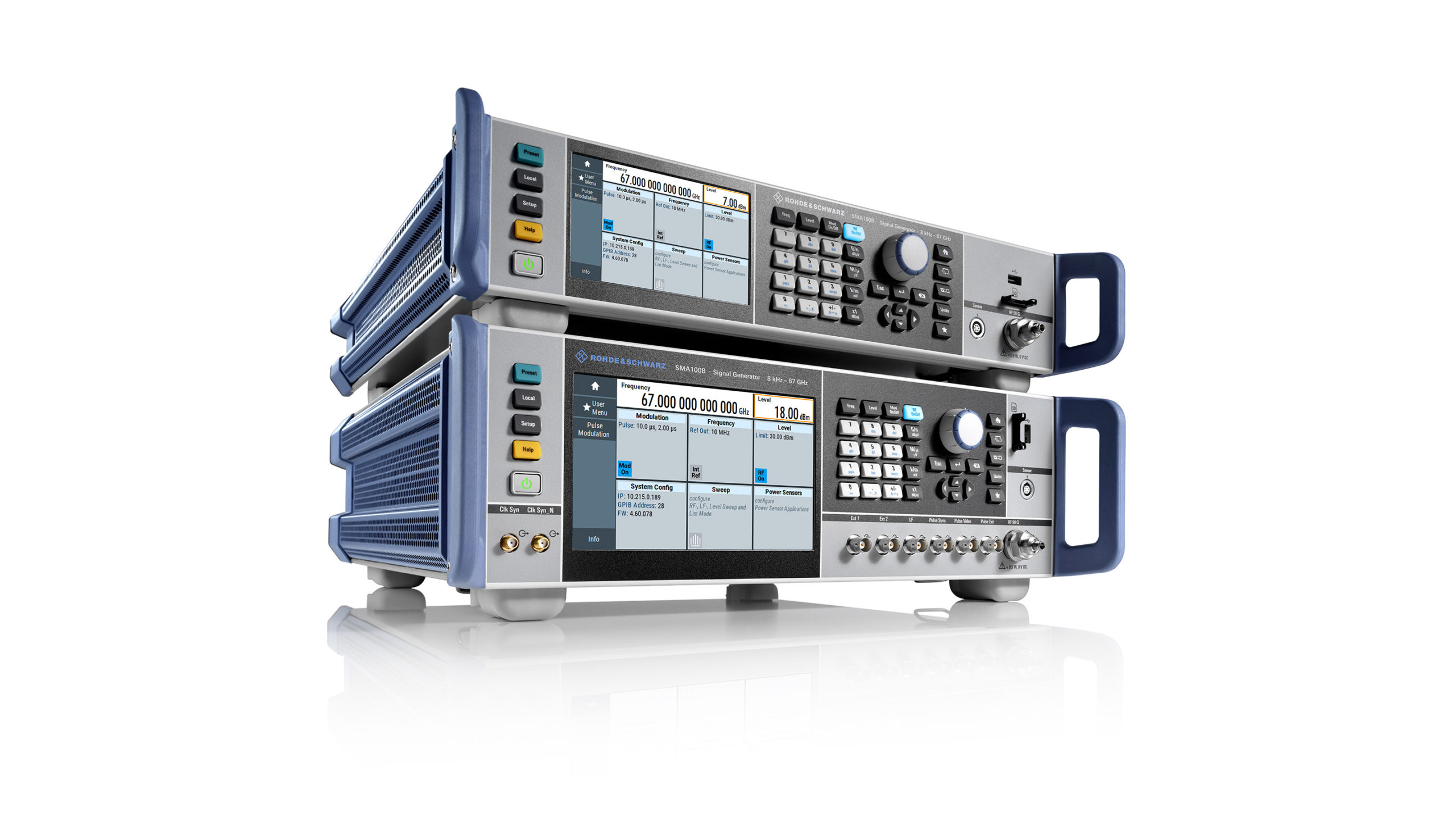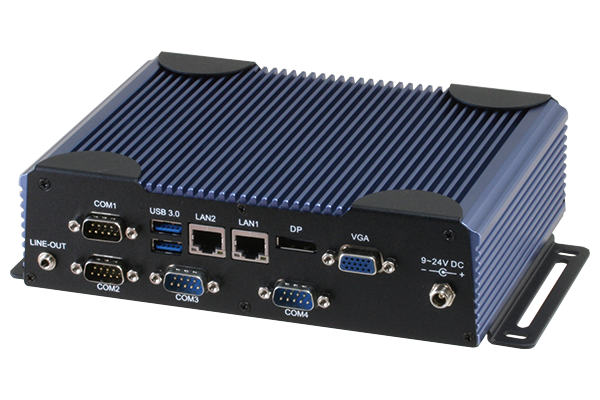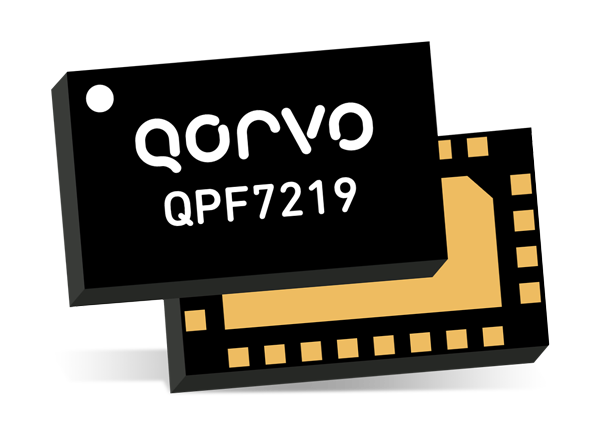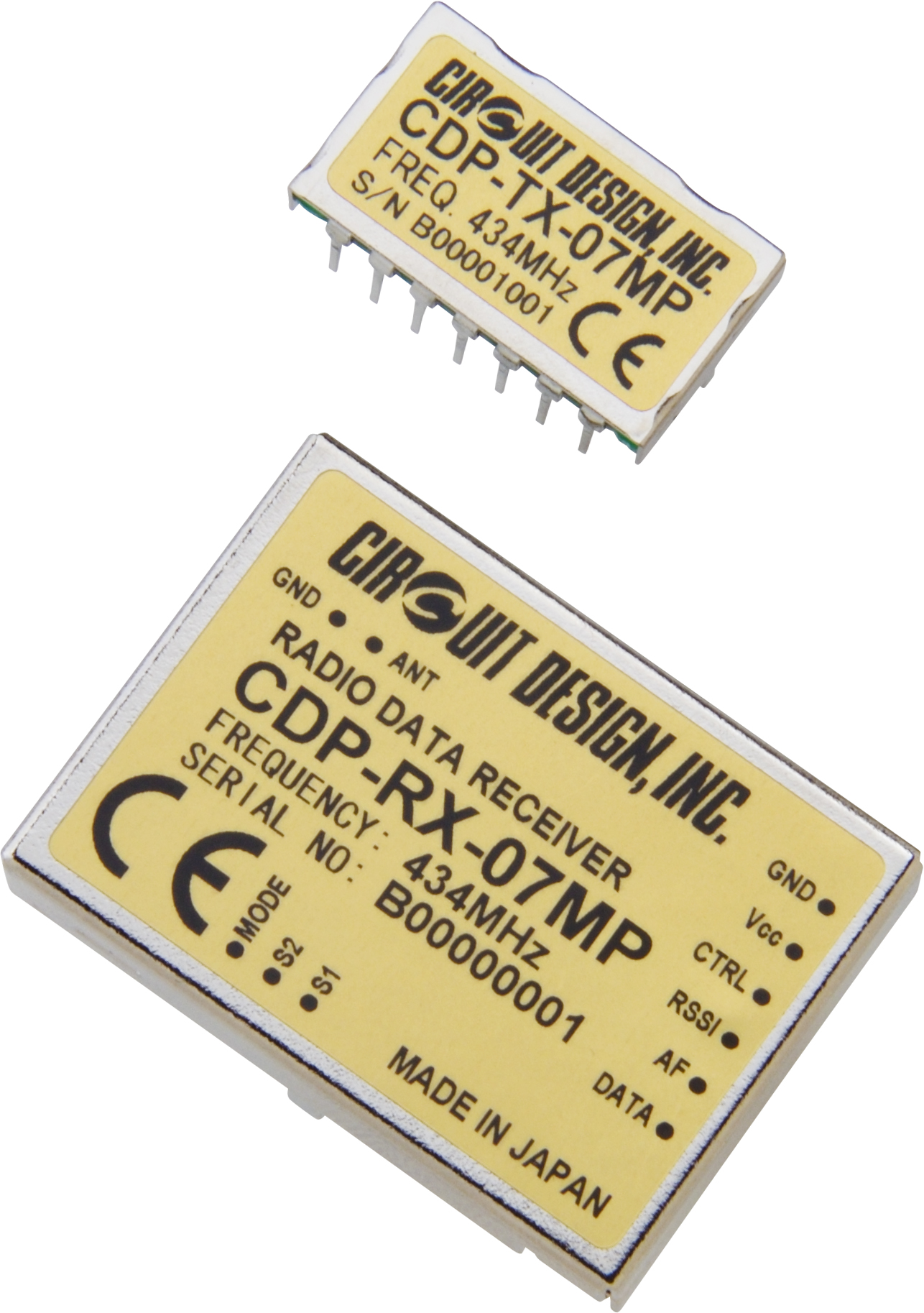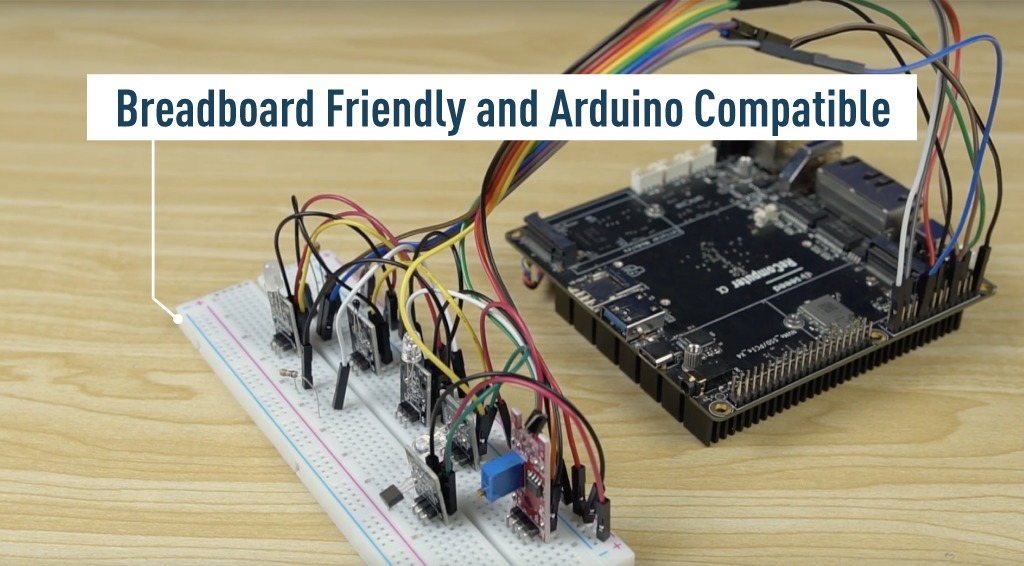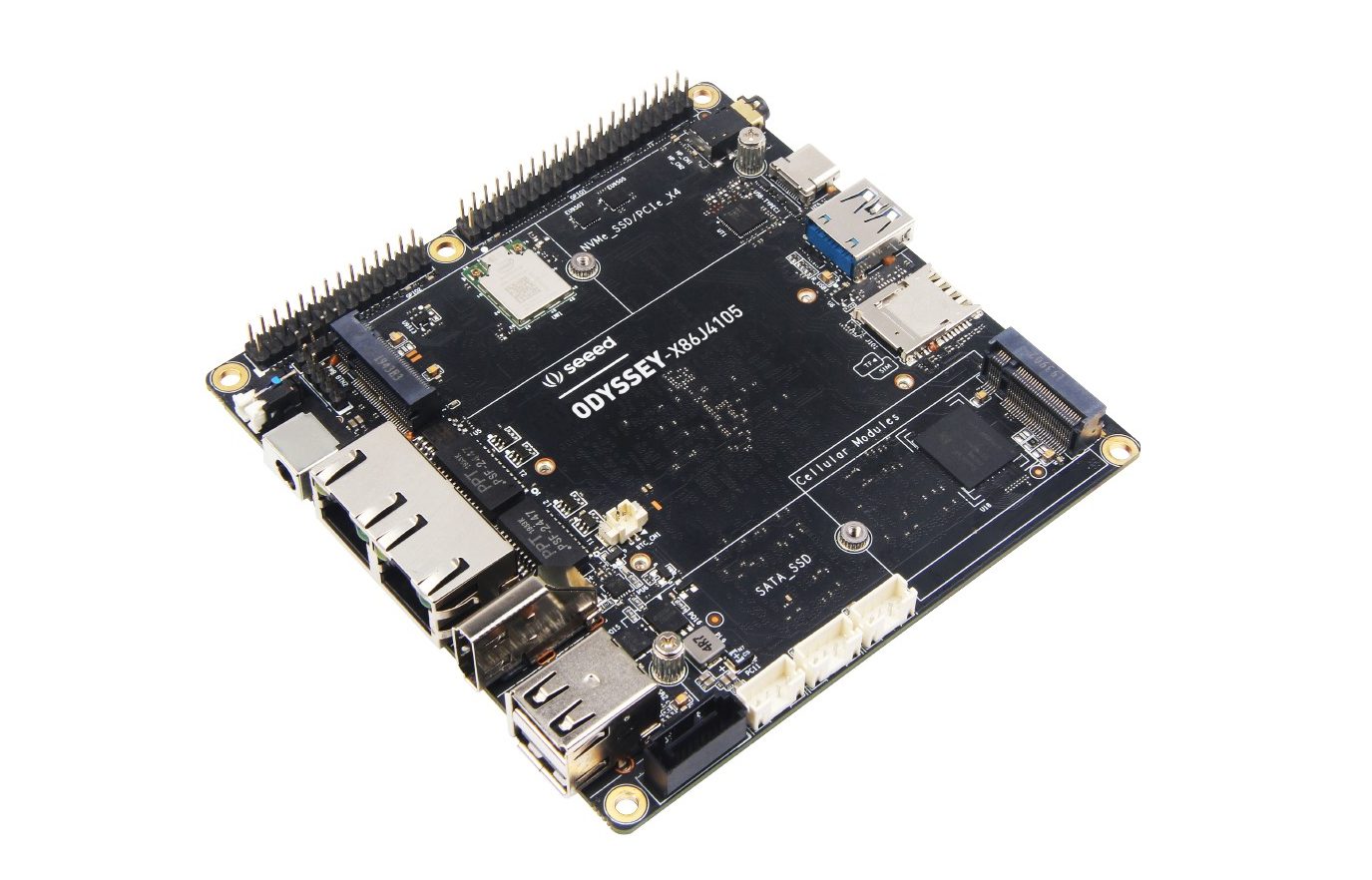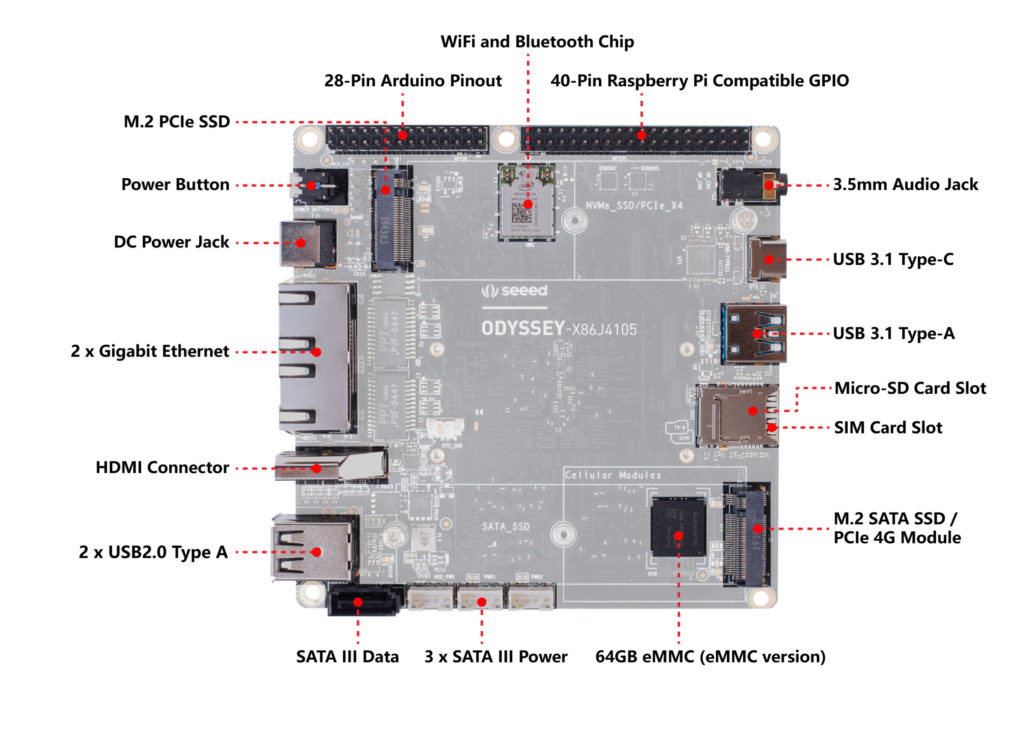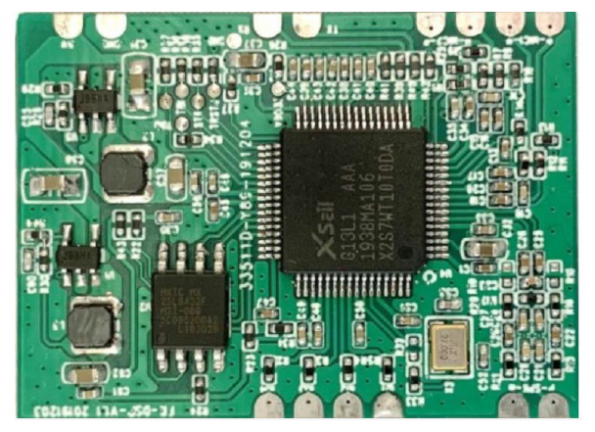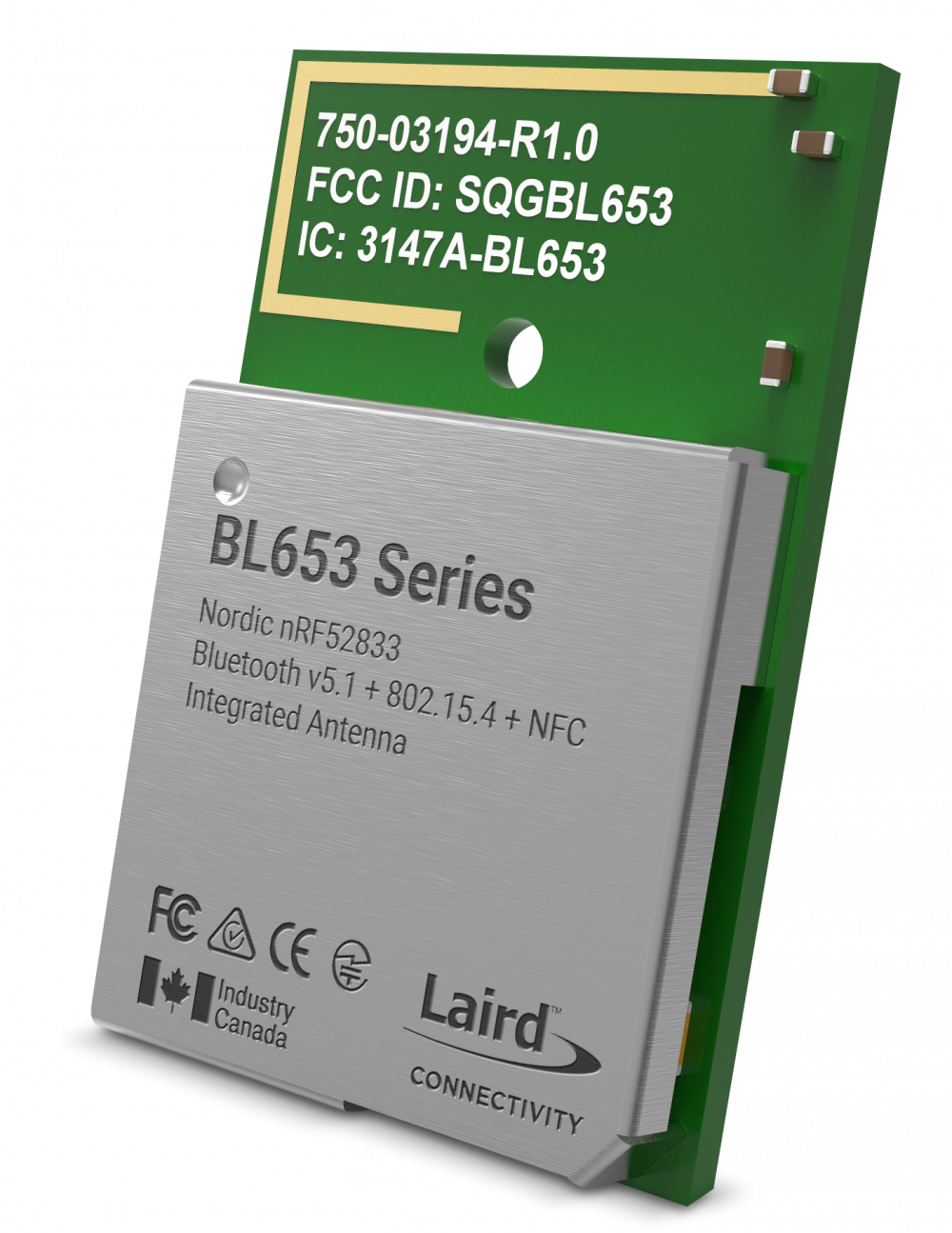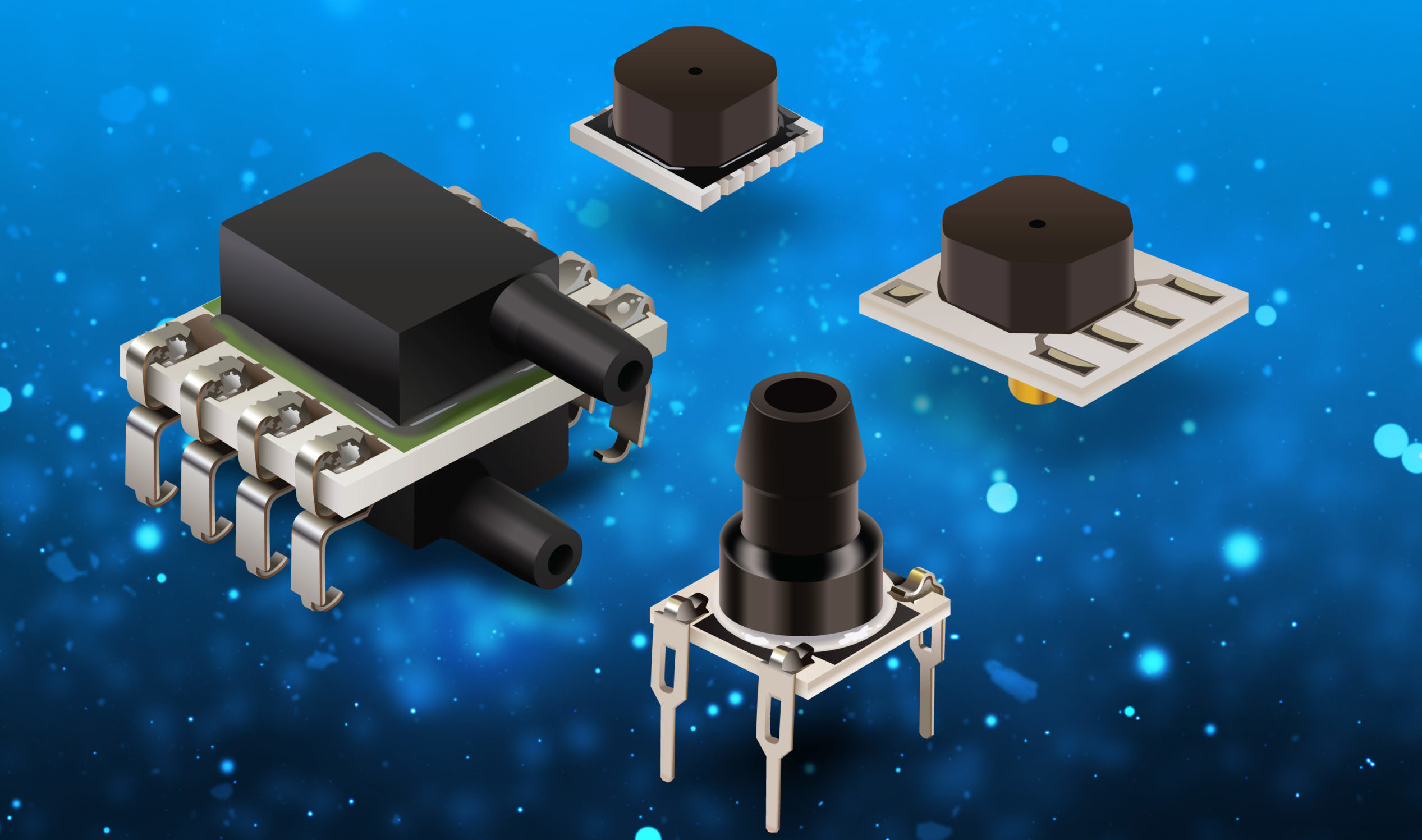Rohde & Schwarz is paving the way for research in the terahertz frequency range by demonstrating multi gigabit data transmission in the D-Band at 140 GHz. The setup features the R&S FSW high-end signal and spectrum analyzer equipped with an R&S FSW-B8001 option, supporting an unparalleled 8.3 GHz internal analysis bandwidth. This new hardware option will be available soon from Rohde & Schwarz.
Developments in mobile technology are moving constantly towards increasing bandwidths, enabling increasingly high data throughput. The Rohde & Schwarz setup represents some of the first research exploring data transmission at sub-THz frequencies featuring ultra-wide bandwidths.
In the setup, a wideband-baseband signal is upconverted to the selected 140 GHz frequency via a R&S TC RSE converter box. The world’s leading analog signal generator, the R&S SMA100B, provides the local oscillator frequency to the upconverter. The transmission is carried out over-the-air, with the converter connected to a horn antenna. The transmitted signal is received via another horn antenna and downconverted. The R&S FSW featuring the new, unique 8.3 GHz bandwidth option R&S FSW-B8001 analyzes the signal, carrying out signal quality measurements such as error vector magnitude (EVM) to assess the performance of the transmission. Various common modulation formats are demonstrated. The new four-channel power supply R&S NGP800 by Rohde & Schwarz plays a vital role powering various parts and components in this setup.
Rohde & Schwarz supports starting research at THz frequencies
As wireless communications and sensing technologies are advancing, the need for higher bandwidths is becoming apparent. These developments push the frequency boundaries into the sub-THz and THz frequency range and, continuing the process started with 5G, make testing over-the-air (OTA) mandatory. At these frequencies, RF frontends become even more integrated, and their characterization in terms of signal quality (EVM) and out-of-band emission (ACLR, SEM, spurious) requires a flexible OTA test setup, covering a wide frequency range, from microwave and mmWave to sub-THz.
The proposed setup can easily be installed into the R&S ATS1000 antenna test system. This enables design engineers to characterize RF frontend prototypes and reference designs intended to be used in future devices that support cellular and non-cellular technologies and are using much wider bandwidths. For example, IEEE’s 802.11ay standard allows channel bonding that creates a signal with more than 8 GHz of bandwidth already today. The R&S FSW is currently the only signal and spectrum analyzer in the world supporting the needed bandwidth internally for such applications, significantly facilitating complex setups in R&D.
Andreas Roessler, Technology Manager at Rohde & Schwarz says, “While Rohde & Schwarz is meeting the test needs for 5G technology that is still being defined and rolled out today, we are already investigating ways in which the technology is developing tomorrow. This groundbreaking D-band test represents a notable step towards research beyond 5G, leading to the next generation of mobile technology.”
A demonstration in the chosen frequency range was supposed to be carried out at 6G Wireless Summit, hosted by the University of Oulu and held at Levi, Finland. Since the summit will be held virtually, the setup will be shown in an upcoming video, available soon on our social media channels.
more information: www.rohde-schwarz.com


